Rebollones or Níscalos: [Care, Cultivation, Irrigation, Substrate and Pests]

Rebollones are orange-colored mushrooms that have a high gastronomic value. In Spain, they are very common in certain areas such as forests.
But if you live in an area where you have the climatic and soil conditions necessary for its growth, you can have them.
You also have to consider that it is a species that works under symbiosis, so it needs the chanterelle pine.
How can you achieve the harvest of the rebollones? Well, following the steps that we give you below
Important points when sowing rebollones
- When? In spring or autumn.
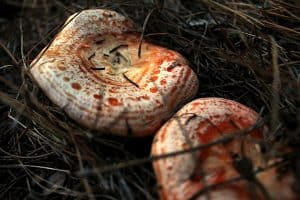
- Where? In a slightly humid terrain, under a chanterelle pine.
- How do we prepare the land? With enough organic matter.
- How should we water? drip irrigation.
- How often do you have to water? In summer a lot, in the other seasons it will be little or almost nothing.
- What pests and diseases do they have? They do not have records on this matter. By symbiosis, both species protect each other.
What are rebolones?
The rebollones are cap and foot mushrooms, low in height and with colors that vary between orange and white throughout their structure.
They can also be called chanterelles.
Sometimes they appear greenish colorations that can originate in two situations:
- When the man places his hands on them.
- The presence of an orange-colored latex that, when dried, generates the coloration.
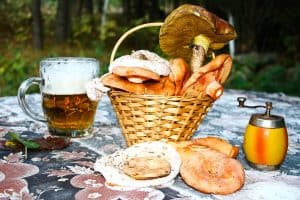 Although they usually appear at other times of the year, their favorite season to multiply is during the fall. They are edible mushrooms that have been incorporated into the recipes of many well-known Spanish preparations.
Although they usually appear at other times of the year, their favorite season to multiply is during the fall. They are edible mushrooms that have been incorporated into the recipes of many well-known Spanish preparations.
In fact, they have a high gastronomic value due to the amount of nutrients they contain and their few calories. They have a high nutritional density.
However, the recommendations are aimed at consuming them when they are still young since that is how they maintain all their nutritional properties.
Where should we grow the rebollones?
The sowing of the rebollones needs to be done at the foot of a pine tree that offers protection.
In reality, it is a very demanding species regarding the characteristics of the land and the care it needs. It does not like soils that are very wet or that are easy to produce puddles.
But they are capable of adapting to soils that have sandy or clay characteristics without problems.
When can we plant rebollones or chanterelles?
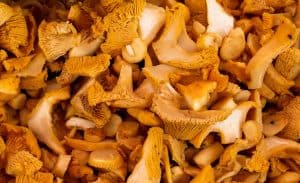 The best time to start planting is during spring and autumn as they offer the best weather conditions.
The best time to start planting is during spring and autumn as they offer the best weather conditions.
Of the two, autumn is preferable.
Now, in some areas they can be sown in summer, but here it will be necessary to work very carefully with irrigation.
Since if they do not have enough moisture, they will not prosper properly.
How do we prepare the land?
The preparation of the land will be carried out with a lot of time before proceeding with the sowing of the rebollones.
Ideally, the chosen land should be rich in humus or organic matter (compost or manure) and we will achieve this by making applications of homemade compost, for example.
In this way, the soil will have the necessary nutrients for the pine to develop healthily and help the growth of fungi.
How to sow rebollones step by step?
For planting, two routes can be followed with the possibility of prospering: through the niscalero pine or with the seeds.
Through the Niscalero Pine
- In the first case, it is about incorporating the spores of the rebollones into the roots of a young pine that can be kept in a pot.
- As it grows a little more, this pine will be transplanted, thus maintaining the symbiotic relationship with the fungus.
- It is a process that takes time, but that in a period of 5 years could bear its first fruits.
through seeds
- In the case of seeds, what they are really about are fragments of mycelium that adhere to the roots of a young niscalero pine that is already in the ground.
- The ideal is to work with species that are around 15 years old.
- Planting in this case will be carried out by establishing a ditch that is oriented according to the width of the pine canopy.
- In each insertion the seeds that generally come in liquid form will be scattered.
- It is important that the roots of the pine can be seen in the insertions, so that we ensure that the mycelium is adhering to them.
- If we do it directly on the ground, the layers of soil will not allow it to thrive.
- In addition, it must be taken into account that the roots are as superficial as possible to allow the fungi to grow without mishaps.
What care do rebollones need?
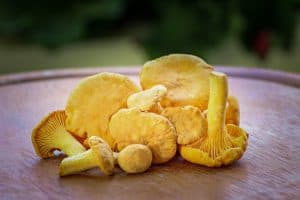 The care that rebollones need is far from what we work with other species.
The care that rebollones need is far from what we work with other species.
They do not require fertilizer
The first thing is that they do not need any type of manure or fertilizer since their main source of nutrients is the chanterelle pine.
The use of fertilizers could endanger the life of the mycorrhizae and kill them.
Caution: Do not walk near!
Another very important care is to avoid walking through the area where the fungus has spread to avoid crushing them.
When weed growth occurs, the only favorable removal technique is by hand. Chemical products should not be applied, not even to prevent pests, such as insecticides or fungicides.
If the land has a large quantity of these products, the growth of the rebollones could be compromised.
What pests and diseases does it have?
One of the main aspects that are favorable when working with this type of symbiotic relationship is that they strengthen each other.
This prevents pests or diseases from appearing in any of them and causing them real development or death problems.
The reason is that the fungus does not need chlorophyll for its growth, which helps the tree to focus on its processes by helping them with nutrients.
Similarly, tree roots support fungi and protect them.
In summary, it is one of the best options that exist in terms of sowing mushrooms because it is a species that is widely consumed in Spain.
On the other hand, if they are used in four-year-old pines, the production capacities will last up to 15 more years, which is very interesting.

![Photo of Begonia Cuttings: [Concept, Period, Rooting and Planting]](https://www.complete-gardening.com/wp-content/uploads/2022/08/begonia-cuttings-concept-period-rooting-and-planting-390x220.jpg)
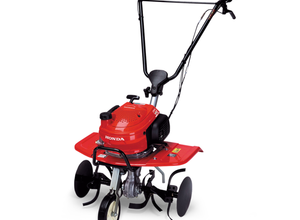
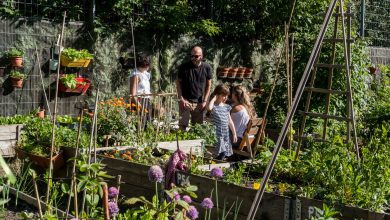
![Photo of Plant Cell: [Definition, Characteristics, Types and Importance]](https://www.complete-gardening.com/wp-content/uploads/2022/08/plant-cell-definition-characteristics-types-and-importance-390x220.jpg)